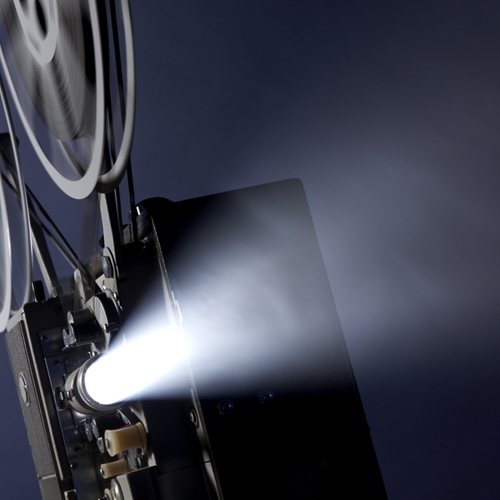
Twenty-four frames per second. That’s what’s taught in entry level production classes at film schools across the country. It is the speed in which the camera exposes the film and its also the rate in which projectors expose the prints. With the advent of digital video and projecting, this didn’t change much, increasing to only 29.9 frames per second.
But, according to Oscar-winning director Peter Jackson, director of the “Lord of the Rings” trilogy and soon to be released “The Hobbit”, “in the digital age there’s no reason whatsoever to stick to 24.”
Jackson’s latest film, “The Hobbit”, was shot and will be projected in 48 frames per second in 450 screens nationwide when it’s released in December. Although the film will be screened in 4,000 theaters altogether, Warner Brothers is playing it cautious to gauge the audience’s response, according to the Los Angeles Times.
“When you have something new, you want to make sure it works,” Dan Fellman, president of domestic distribution at Warner Brothers, told the source. “This is unique, it’s different and we’ll have to see how people adjust to it.”
Regardless, James Cameron, director of “Avatar”, plans to release a sequel to the aforementioned film in 60 frames per second, confident that it will draw in more consumers because it’s closer to what the eye actually sees and gives more depth and clarity to moving images.
But, one issue that may get in the way is that of theaters that may not be able to afford to upgrade their projection systems. According to the Times, this can cost a theater anywhere between $1,000 to $2,500 which may be a heavy burden for arthouse cinemas that might not make the return on the investment.
Regardless of how a theater chooses to project the highly anticipated blockbusters commonly produced by Cameron and Jackson, it may need to comply with additional demand from ticket holders. This can be done with a special viewing using an outdoor movie screen. This technique can allow cinemas to screen to more viewers while also bringing in the surrounding community – something that may be able to help make up for an investment in updated projection software.